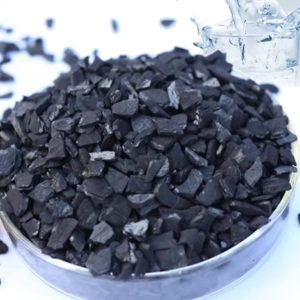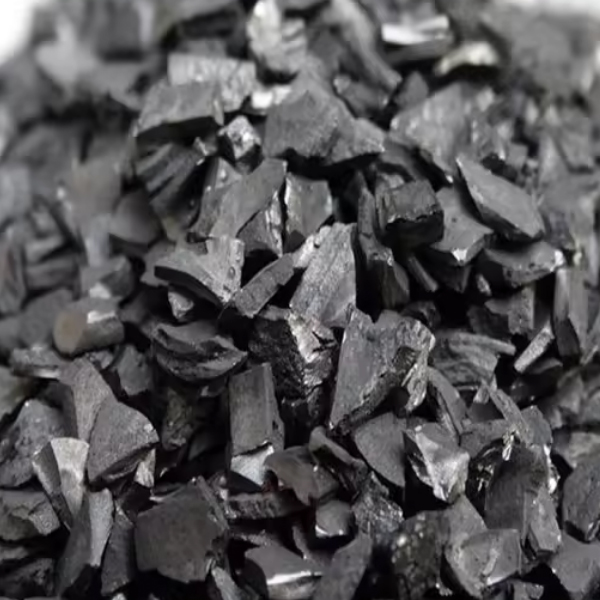In the sales process of coconut shell activated carbon, acid-washed coconut shell activated carbon is a common activated carbon inquiry. Why is coconut shell activated carbon acid-washed?

The production process of coconut shell activated carbon is directly related to the use environment. Generally, acid-washed coconut shell activated carbon is used in the field of water purification, pure water and high-purity water. Coconut shell activated carbon acid-washing is generally based on granular carbon and powdered carbon.
During the acid washing process of coconut shell activated carbon, hydrochloric acid can dissolve inorganic salts and heavy metal compounds in the activated carbon. After washing, the heavy metal content can be effectively reduced. At the same time, acid washing can dissolve inorganic salt impurities in the activated carbon and reduce ash such as calcium carbonate. The ash content of coconut shell activated carbon after acid washing can reach less than 1%. Acid washing can also adjust the pH value of coconut shell activated carbon and improve the taste of water. The dust on the surface and pores of the acid-washed coconut shell activated carbon is reduced, and the amount of black water discharged during the use of coconut shell activated carbon is reduced.
When coconut shell activated carbon is pickled, it will enter the pickling tank and the water washing tank. First, the activated carbon is pickled, and then washed with water. When pickling, the ratio of activated carbon, industrial hydrochloric acid, and water should be kept at 10:1:50. If 1 ton of activated carbon is added, 100kg of hydrochloric acid and 5000kg of water are required. The concentration of hydrochloric acid can be maintained at 36%. After being placed for a period of time, it can be heated with the waste heat steam of the high-temperature activation furnace. The pickling tank is covered and boiled in an acidic solution of industrial hydrochloric acid for about 1 hour. After that, the steam is turned off. After waiting for the pickling tank to cool down, the granular activated carbon is washed in the water washing tank. The pH value of the water used in the water washing process cannot affect the final pH value of the coconut shell activated carbon.
Coconut shell activated carbon pickling process:
- Inject about 2 tons of softened water into the pickling kettle, put in 500 kg of coconut shell activated carbon to be pickled, use upflow to clean, remove the floating carbon on the surface, and discharge the black water by overflow;
- Repeat the above process until the softened water discharged from the pickling kettle is clear;
- Add about 3% hydrochloric acid. The amount depends on the initial pH value of the material. A comparative test of the amount of acid should be done in the laboratory. The proportion of acid should be determined according to the target pH value of the material to be pickled;
- After steaming for more than 30 minutes, add new purified water and overflow the black water until the transparency is greater than 90%;
- Start the centrifuge at low speed, open the discharge valve, and pass water and coconut shell activated carbon materials into the centrifuge for dehydration for 10 minutes;
- The centrifuge automatically slows down to medium speed, and the water pipe sprays reverse osmosis RO water for rinsing for 20 minutes, and then automatically resumes high-speed centrifugal dehydration for 20 minutes;
- Move the material to the drying furnace and dry it until the moisture content is less than 5%;
- Sieve again to ensure that the particle size meets the standard;
Acid-washed coconut shell activated carbon is superior to conventional coconut shell activated carbon in terms of its service life and effect. In the field of water purification, as the front end of a water purifier, it can greatly reduce the risk of ultrafiltration membrane or reverse osmosis membrane being blocked by water-soluble ash and acid-soluble ash, while increasing the service life of the filter membrane. As the back end of a water purifier, it can improve water quality.



